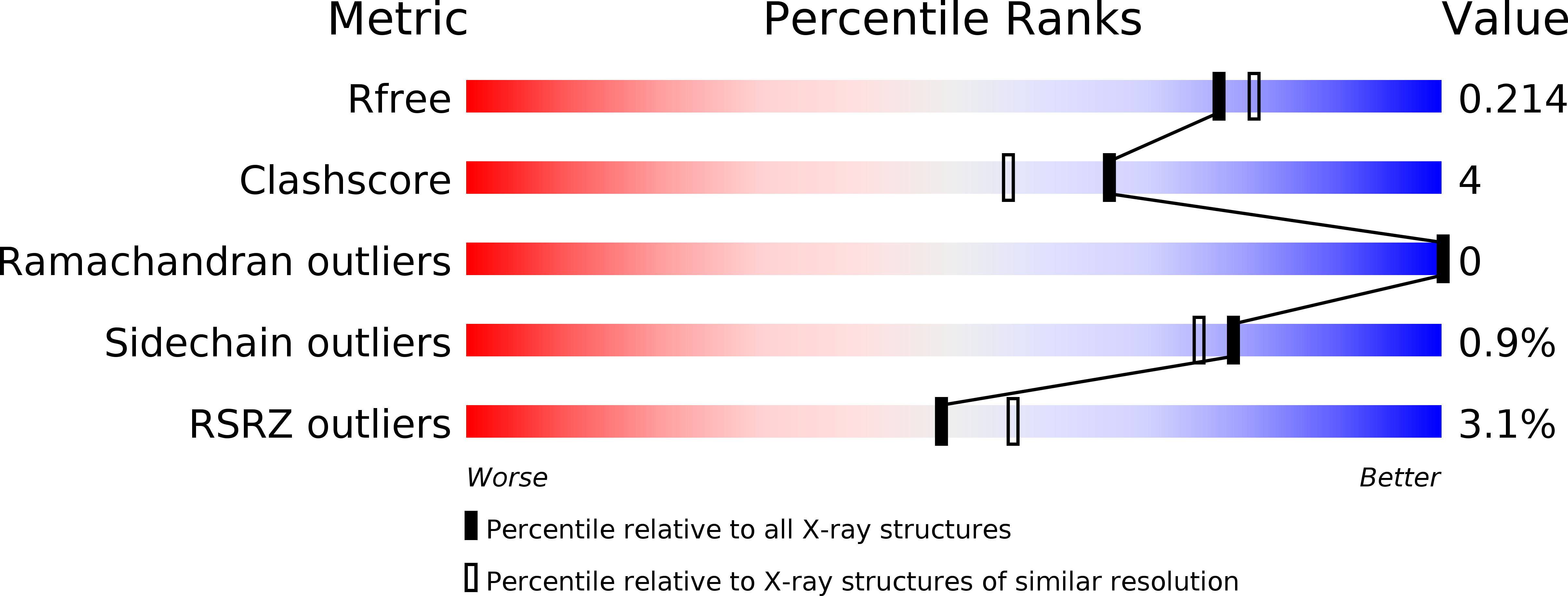
Deposition Date
2018-03-14
Release Date
2018-12-19
Last Version Date
2024-10-16
Entry Detail
PDB ID:
6CPS
Keywords:
Title:
Crystal structure of the bromodomain of human ATAD2 with a disulfide bridge
Biological Source:
Source Organism:
Homo sapiens (Taxon ID: 9606)
Host Organism:
Method Details:
Experimental Method:
Resolution:
1.93 Å
R-Value Free:
0.21
R-Value Work:
0.18
R-Value Observed:
0.18
Space Group:
P 65 2 2


